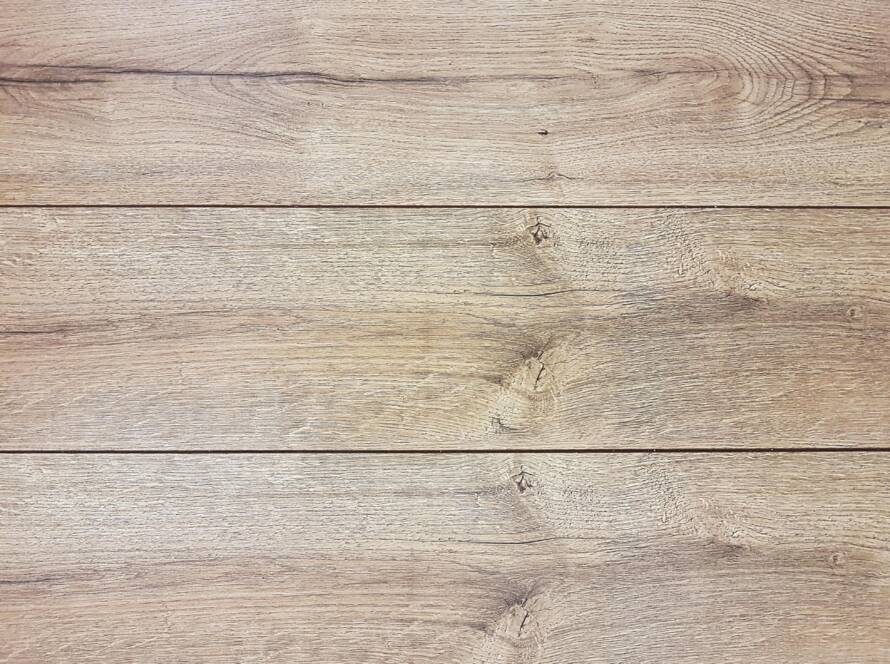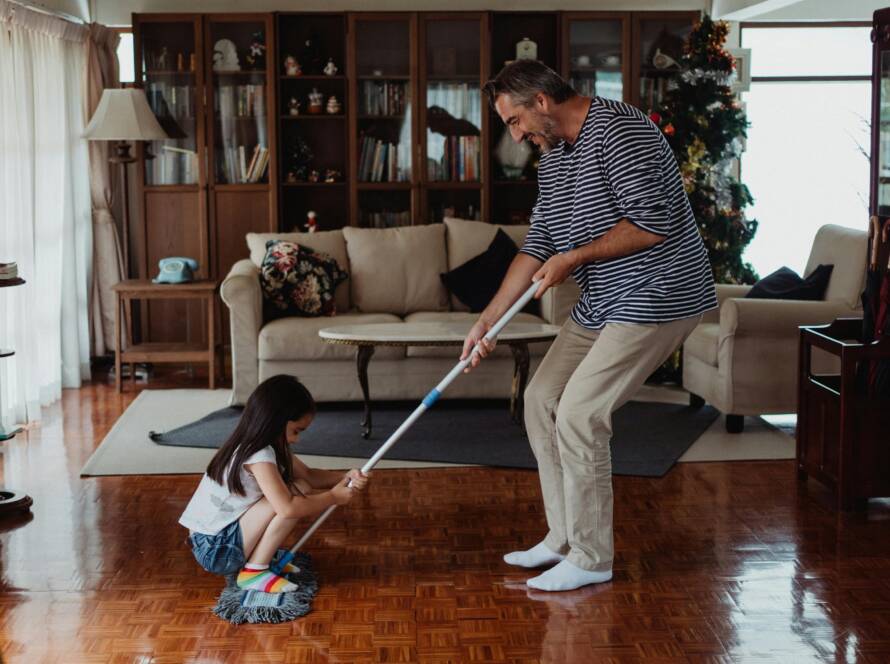Hardwood floors are one of the most beautiful, valuable, and timeless additions you can make to a home. But just like any premium investment, they deserve the right care, proper installation, and expert guidance to stay looking flawless year after year.
At BrazaFloor, we’ve seen it all — and solved it all. Below, we’re sharing some common hardwood flooring problems, why they happen, and how to prevent or fix them without stress.
If you already have hardwood or are planning a new installation, this guide will help you make smart, confident decisions.
1. Hardwood Seasonal Gaps & Filler Cracks
If you’ve ever noticed tiny spaces forming between your hardwood boards during the winter, you’re not alone — it’s one of the most common (and misunderstood) issues homeowners face. As the temperature drops, indoor humidity levels fall, and hardwood boards respond naturally by shrinking ever so slightly. This causes small seasonal gaps to appear.
Then, when spring and summer bring moisture back into the air, the boards expand again, often compressing any filler that was used during finishing — sometimes pushing it out entirely.
This process isn’t a defect. It’s simply how real wood behaves. But here’s the truth: how your installer accounts for these seasonal changes makes all the difference between a floor that lasts beautifully for decades — and one that constantly needs touch-ups.
✔️ The Smart, Professional Advice:
-
Maintain consistent humidity levels between 35–55% year-round. This is the ideal range to keep wood movement minimal.
-
Use a humidifier in the winter, especially if you have central heating, which can dry the air significantly.
-
Most importantly, choose an expert installer who:
-
Acclimates your flooring properly before installation (not just for a few hours)
-
Leaves the right expansion gaps
-
Uses high-quality filler products with the flexibility to handle seasonal movement
-
To learn more about seasonal gaps, click HERE.
2. Cupping: When the Edges Rise
Cupping is when the edges of your floorboards rise higher than the center, creating a slight wave or “dish” shape. This usually happens due to moisture imbalance — like excess humidity below the floor, or even improper HVAC use.
 NWFA: Cupping – The Most Prevalent Form of Wood Floor Distress
NWFA: Cupping – The Most Prevalent Form of Wood Floor Distress
✔️ The Smart Solution:
-
Identify and correct the moisture source (crawlspace, leaks, or improper HVAC).
-
Use a dehumidifier to stabilize the environment.
-
If caught early, the floor may flatten on its own. If not, professional resanding and refinishing may be needed.
🛠️ Professionals trained in NWFA standards know how to prevent this from the start. Don’t cut corners with flooring.
3. Scratches, Dents & Everyday Wear
Even the hardest hardwoods aren’t immune to daily life. Pets, high heels, furniture legs, and grit can cause scratches or small dents — especially with softer woods.
But here’s the good news: with proper maintenance and professional finishing, your floors can handle life beautifully.
✔️ The Smart Solution:
-
Choose high-quality finishes — A durable finish makes all the difference. Opt for commercial-grade products like Bona Traffic HD, which offer superior protection against wear, scratches, and daily use.
-
Keep pet nails trimmed — Even the most well-behaved dogs can leave marks if their nails are too long. Regular trims help protect your floors from accidental scratches.
-
Use area rugs in high-traffic zones — Rugs act as a buffer in busy areas like hallways and entryways, reducing impact and extending your floor’s life.
-
Vacuum regularly — Dust and debris can act like sandpaper underfoot. Frequent vacuuming (with a hardwood-safe vacuum) helps prevent micro-scratches and dulling.
- Use felt pads under furniture and avoid sliding them.
-
Ask your installer about recoating every few years to refresh the finish.
-
Deeper wear? A sanding and refinish brings floors back to life without replacing them.
🎯 Floors installed and finished by professionals last longer and are easier to maintain. Get a quote from our experts.
4. Squeaky Floors: Minor Annoyance, Easy Fix
Few things are more frustrating than squeaky floors, especially in a quiet home. These sounds typically occur when boards rub against nails or each other, often due to loose fasteners or minor subfloor movement. While they’re rarely a sign of structural failure, they can definitely be annoying.
Fixing squeaky floors may involve injection of adhesive, adding finish nails, applying lubricants like talcum powder between joints, or securing the subfloor from below (if accessible). In extreme cases, a professional might need to pull up the boards and resecure them.
👉 Want to prevent squeaks from the start? Our team follows strict subfloor preparation based on the NWFA installation standards.
5. Pet Stains: When Accidents Leave a Lasting Mark
Pets are family — but their accidents can leave behind more than just a mess. Urine, if not cleaned up immediately, can soak into the wood and cause dark stains, discoloration, and even unpleasant odors. The ammonia in pet urine reacts with the tannins in wood, which can permanently stain and damage the fibers beneath the finish. Over time, these spots can become nearly impossible to remove with surface cleaning alone.
✔️ The Smart Solution:
-
Blot up accidents immediately and clean the area with a pH-neutral, hardwood-safe cleaner.
-
Avoid using steam or harsh chemicals, which can drive moisture deeper into the wood.
-
If stains are already visible, the affected boards may need to be replaced, sanded and finished.
At BrazaFloor, we evaluate pet-damaged areas and offer the right solution — whether that’s targeted board replacement, full refinishing, or helping you choose a finish that’s more resistant to future accidents.
👉 Contact us today if your floors are suffering from pet-related wear or stains. We’ll help bring them back to life — and set you up for better protection moving forward.



